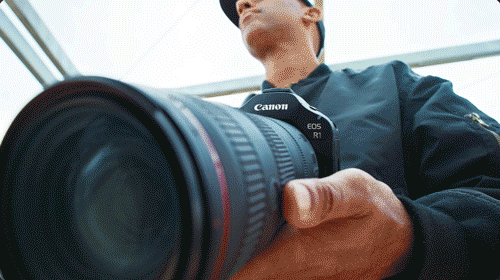
Following its development announcement two months ago, the Canon EOS R1 has been officially launched alongside the new Canon EOS R5 Mark II. Befitting a flagship, it boasts Canon's most bleeding-edge technology including AI-powered upscaling for 96MP images in-camera, along with 6K 60p video, predictive autofocus modes, Eye Control AF and 40fps burst shooting.
The EOS R1 is Canon’s new and highly-anticipated flagship camera. It's a real high-performance hybrid photo-and-video machine that aims to be the world’s best camera for sports photography, and the best camera for professionals working in the news and reporting fields.
It’s been a long while since Canon has released a new 1-series camera. The EOS-1D X Mark III, the company's final pro DSLR, was launched in January 2020, so the R1 has been nearly four-and-a-half years in waiting.
And Canon has been slow to get the R1 to market; although it’s now been launched, sales won’t actually start until November. Meanwhile, Sony and Nikon both got their new flagships out well before the Olympics in Paris this year, with the Sony A1 and Nikon Z9 with its big Firmware 5.0 update. So, has it been worth the wait?
Accelerated performance
ABOVE: Watch the Canon EOS R1 launch video
Canon has certainly delivered on even better, class-leading tech and specs in the R1, powered by a new Accelerated Capture imaging platform and clever deep learning algorithms, aiming to provide a very intuitive user experience and super streamlined workflow.
The R1 has a new 24.2MP, full-frame, back-illuminated, stacked Dual Pixel CMOS AF sensor with a fast readout speed of approximately 2ms. But the backbone of the R1’s engine centers around a new supplemental processor called the Digic Accelerator, which works in unison with the latest Digic X image processor.
These two processors are the fastest in EOS history – which means faster AF, faster frame rates, faster AF tracking, faster focus precision, plus reduced rolling shutter distortion when shooting with the electronic shutter.
The Digic Accelerator supports the processing of large volumes of data, alongside deep learning algorithms. This combo unlocks higher performance and new features including even better autofocus subject detection options, continuous shooting speeds and image quality.
Amazing autofocus modes
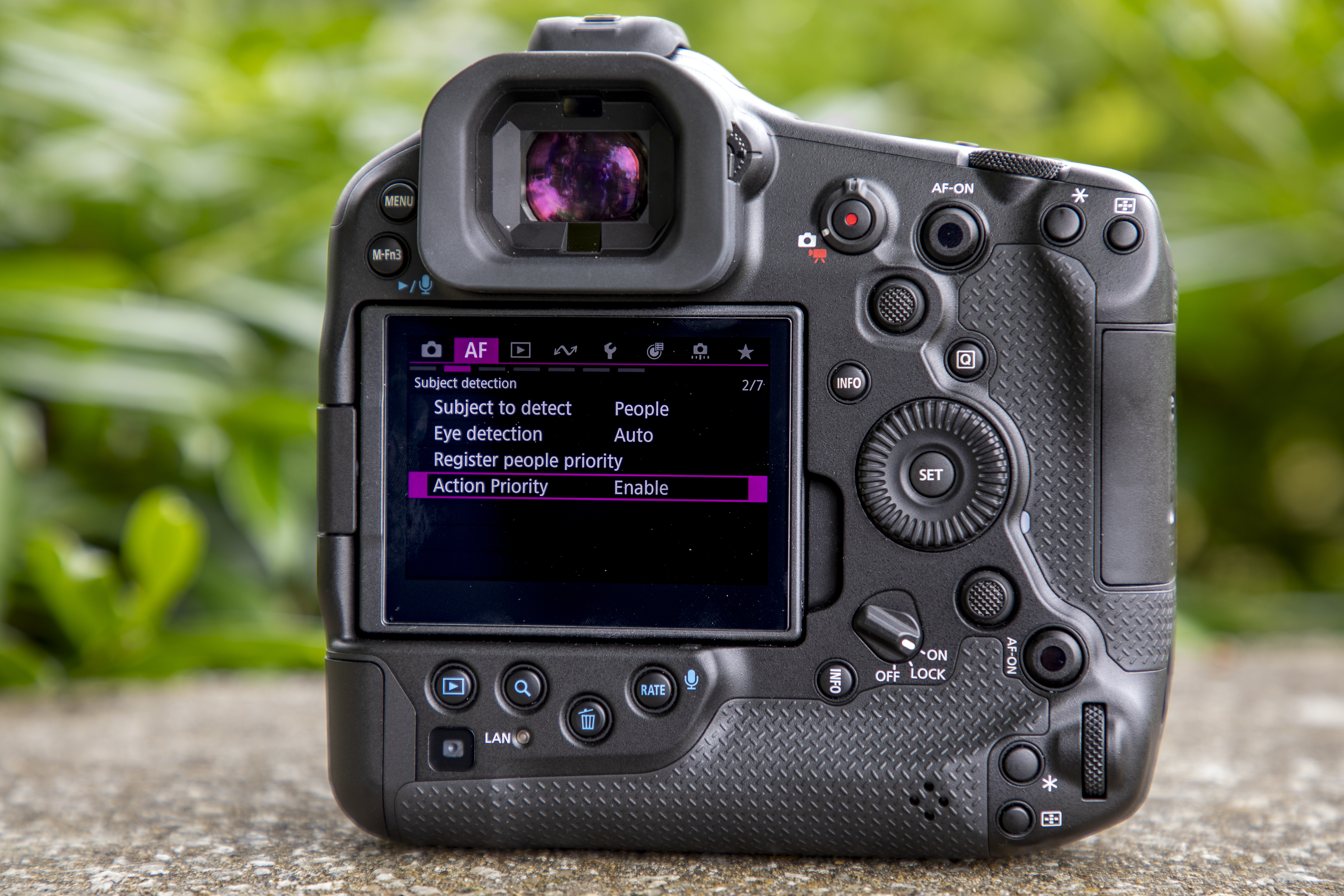
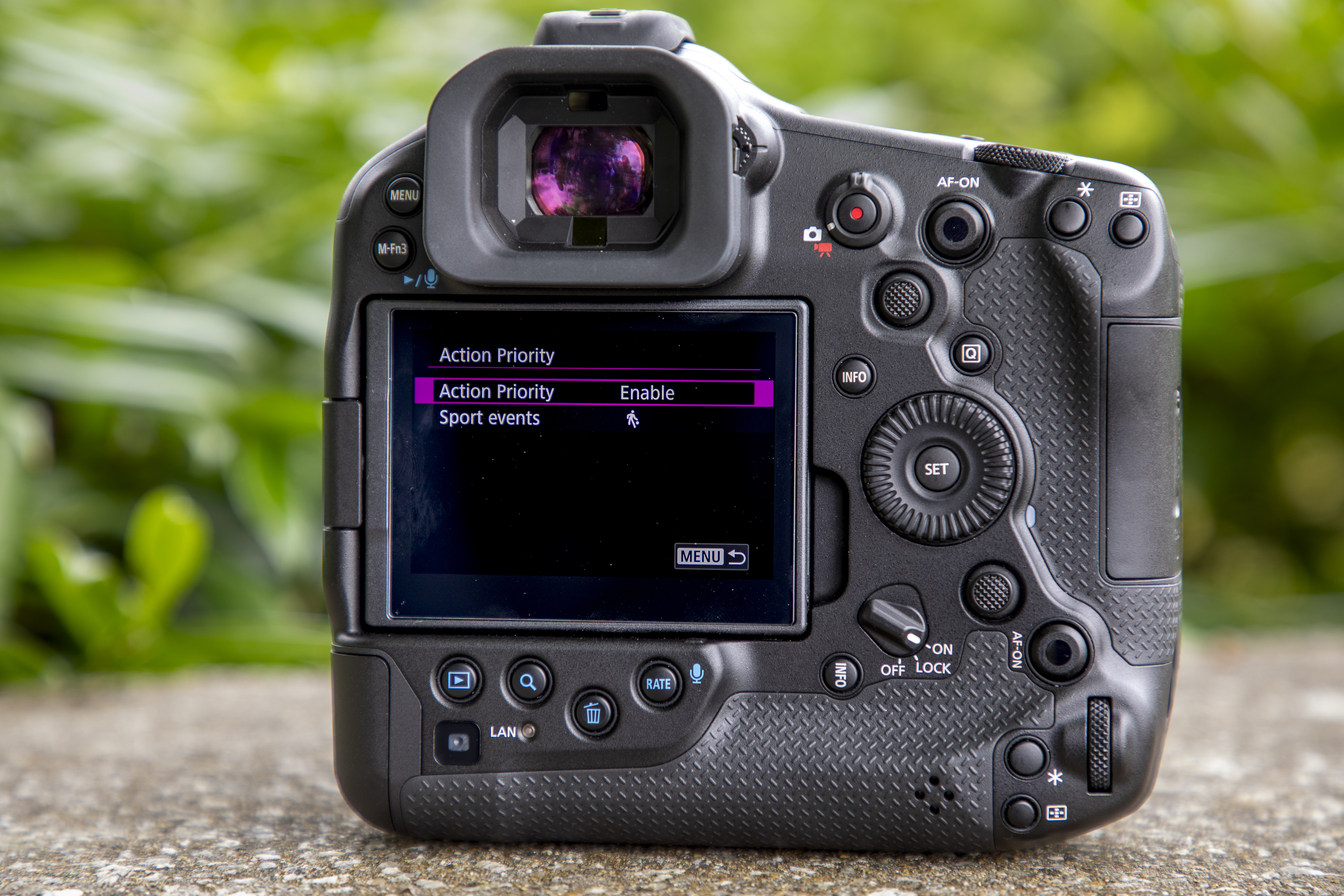
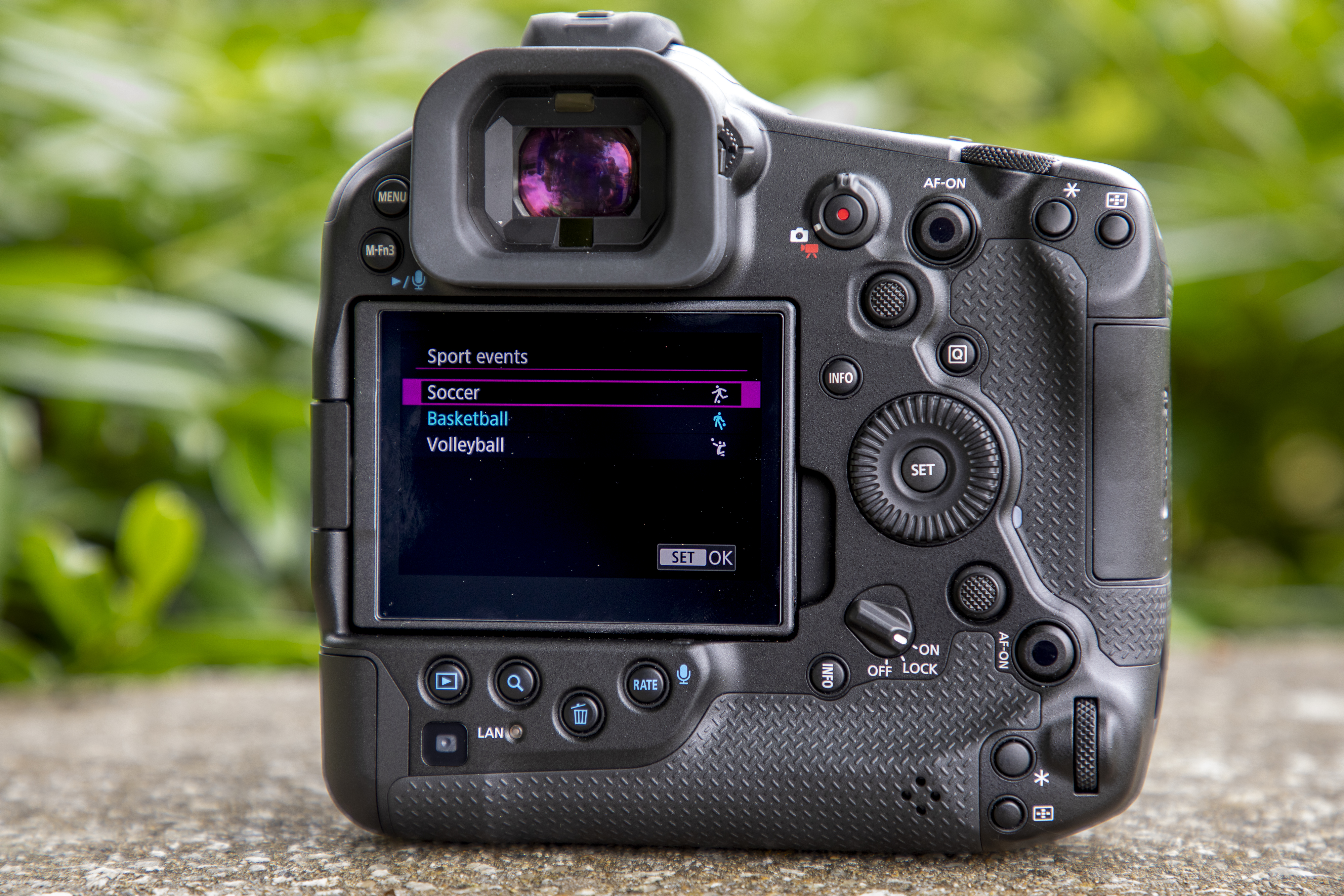
The EOS R1 features the latest version of Dual Pixel CMOS – Dual Pixel Intelligent AF. This adds the ability to more accurately track subjects, for example, by identifying the face and upper bodies of players and avoiding obstacles or other players during a game.
A new Action Priority AF mode automatically identifies common action poses in three main sports – you can choose from Soccer, Basketball and Volleyball settings – identifying and tracking the main subject in fast and dynamic situations by tracking the position of the ball and who has it, helping you to capture the headline-grabbing moment of action.
There’s also a new Registered People priority AF mode, which enables you to register specific faces and track and prioritize them consistently over others in the frame. Register up to 10 faces in the menu, and put them in order of priority from 1 to 10. This should be ideal for sports, when you want the autofocus to prioritize key players, as well as weddings when you need to prioritize the bride and groom among a group of people, not to mention celebrities or politicians for newsgatherers.
Canon also says you can use Action Priority AF and Registered People to work together so you’ll never miss the star players scoring that winning goal, or that last-minute slam dunk.
Borrowing and improving on the Eye Control AF technology in the EOS R3, the EOS R1 gets upgraded Eye Control AF options. If you don’t know about this incredible feature, once calibrated to your eye it works by simply looking at subjects; the camera will then put AF points instantly in the right place for you to then press the back button to focus.
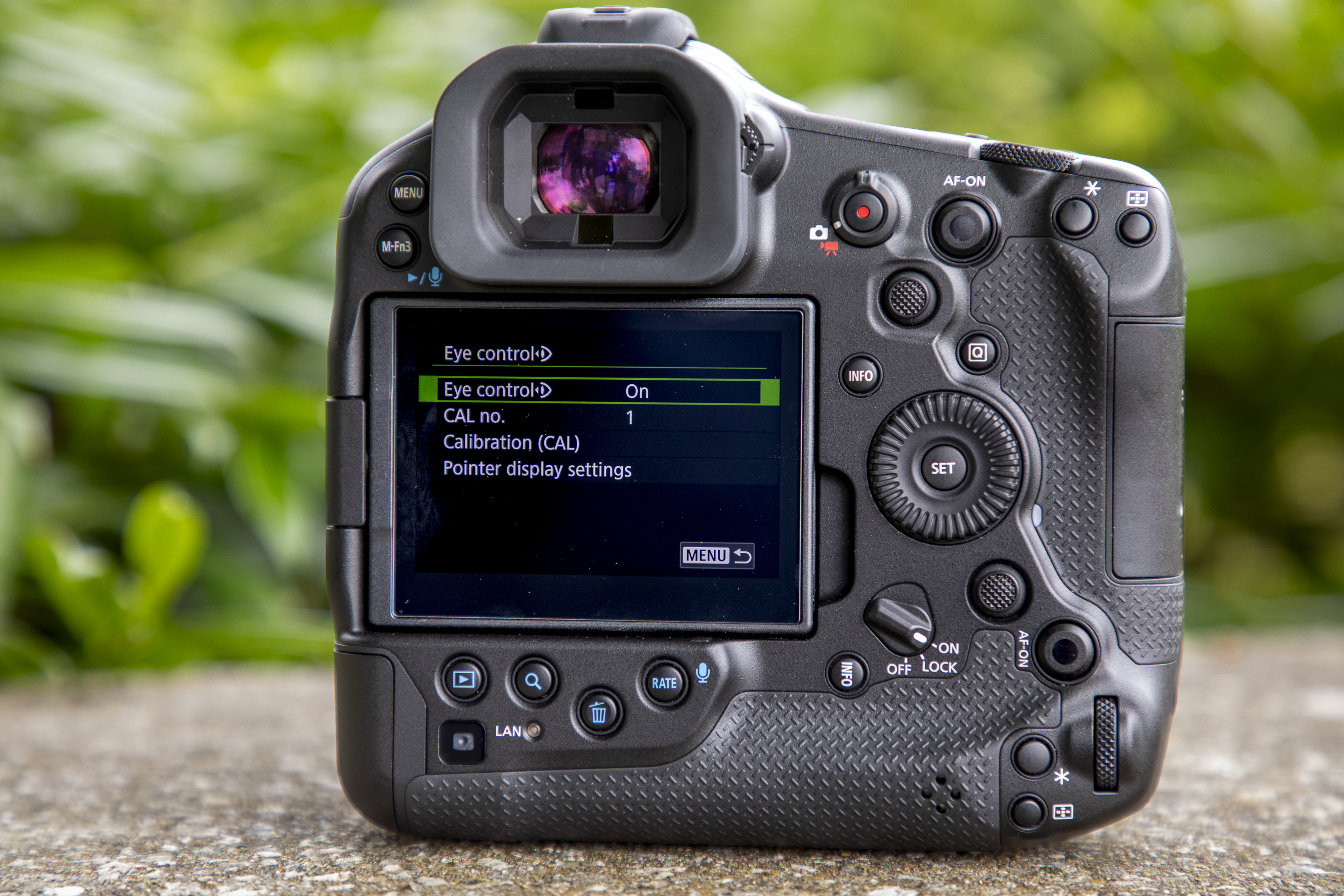
Compared to the R3, the R1’s Eye Control AF aims to be more reliable and work twice as fast, with a higher pixel count sensor, enhanced LEDs, a larger eye detection area and an updated detection algorithm that Canon says “allows a unique and instinctive way to select a subject to track in a complex scene”.
The R1's new high-speed sensor delivers much faster sensor readouts, resulting in a 40% reduction of rolling shutter compared to the EOS R3 – putting it on the same level as the mechanical shutter in the EOS-1D X Mark III.
The EOS R1 features a pre-continuous shooting function, enabling up to 20 frames to be captured in JPEG / HEIF or RAW format before the shutter is even pressed, which means you can still capture the key moment even if you missed it!
It also gets a large, high-brightness and blackout-free 0.64-inch OLED color electronic viewfinder with 9.44 million dots, and a fully articulated Vari-Angle 3.2-inch TFT color LCD rear screen with approximately 2.1 million dots and 100% coverage.
Thanks to the new imaging platform, the EOS R1 can benefit from enhanced image quality thanks to in-camera neural network image upscaling and noise reduction. This boosts image resolution by four times, giving you 96MP images at the press of a few buttons, and can reduce ISO noise by two stops.
DCW editor James Artaius tested these features while reviewing the camera and thinks this in-camera AI will change cameras forever.
Speed meets performance
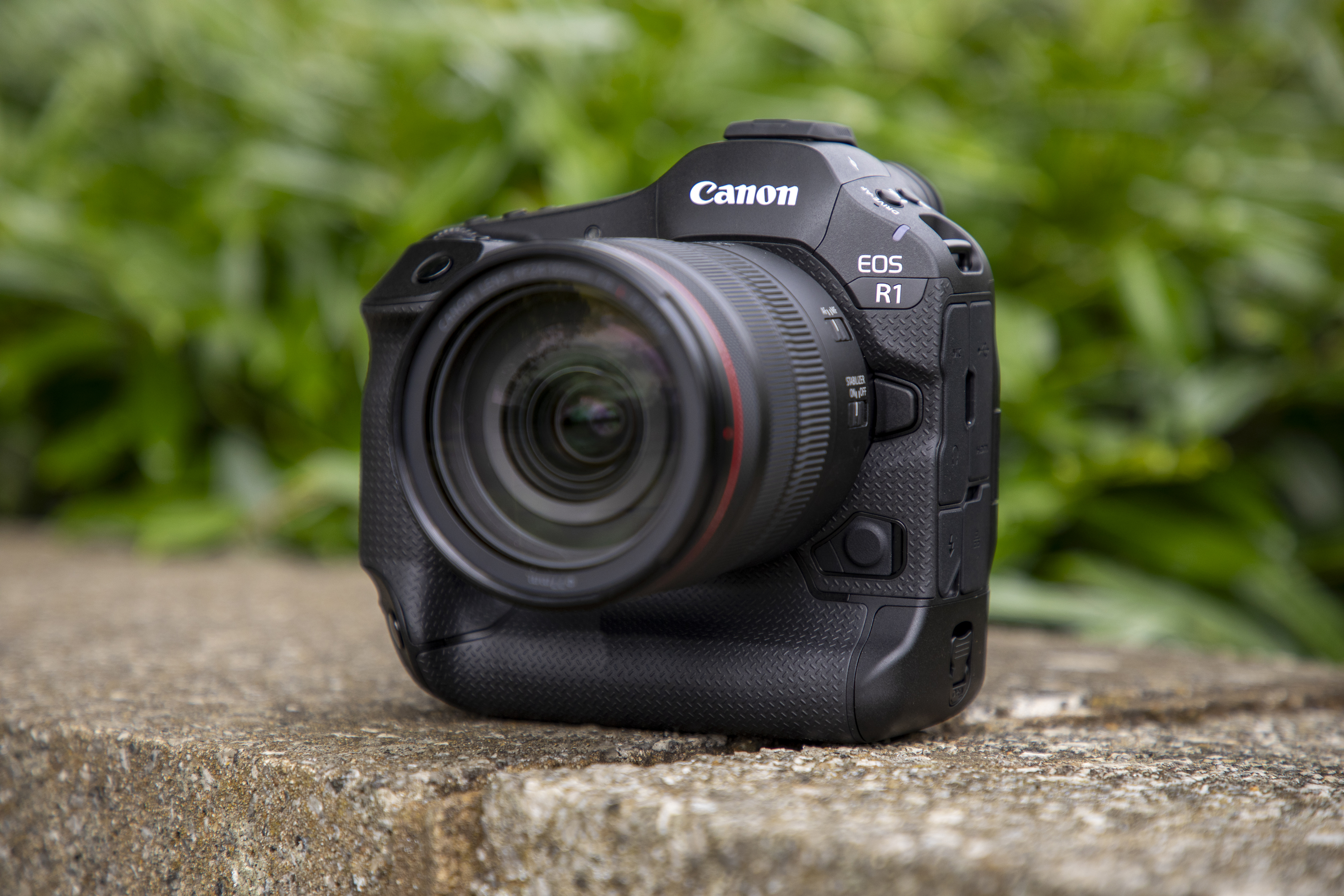
The R1 maxes out at a 1/64,000 sec shutter speed with electronic shutter for photos, and an astounding high-speed continuous burst rate of 40fps electronically – enabling you to follow and fire at a subject for up to 500 JPGs or 230 RAW images. You can still get a healthy 12fps with the mechanical shutter, for over 1,000 RAW or 1,000 JPG files, should you feel the need!
When I was using the R1’s at its max 40 frames per second rate, it was almost laughable how ridiculously fast it fires – though it’s worth remembering that the Sony A9 III and Nikon Z8 and Z9 are both capable of 120fps burst speeds, so this isn't the fastest flagship.
It’s also worth noting that shooting at 40fps is all well and good, but when you’re banging off RAW files that are 26MB each you’ll be filling up your 128GB memory cards very quickly. And it also means that you’ll need suitable hard drive or cloud storage space to download them all later.
Note that you’ll need to use fast CFexpress cards to make the most of all the R1’s high-end features, as the camera is Canon's first to abandon SD cards in favor of twin CFexpress Type B card slots.
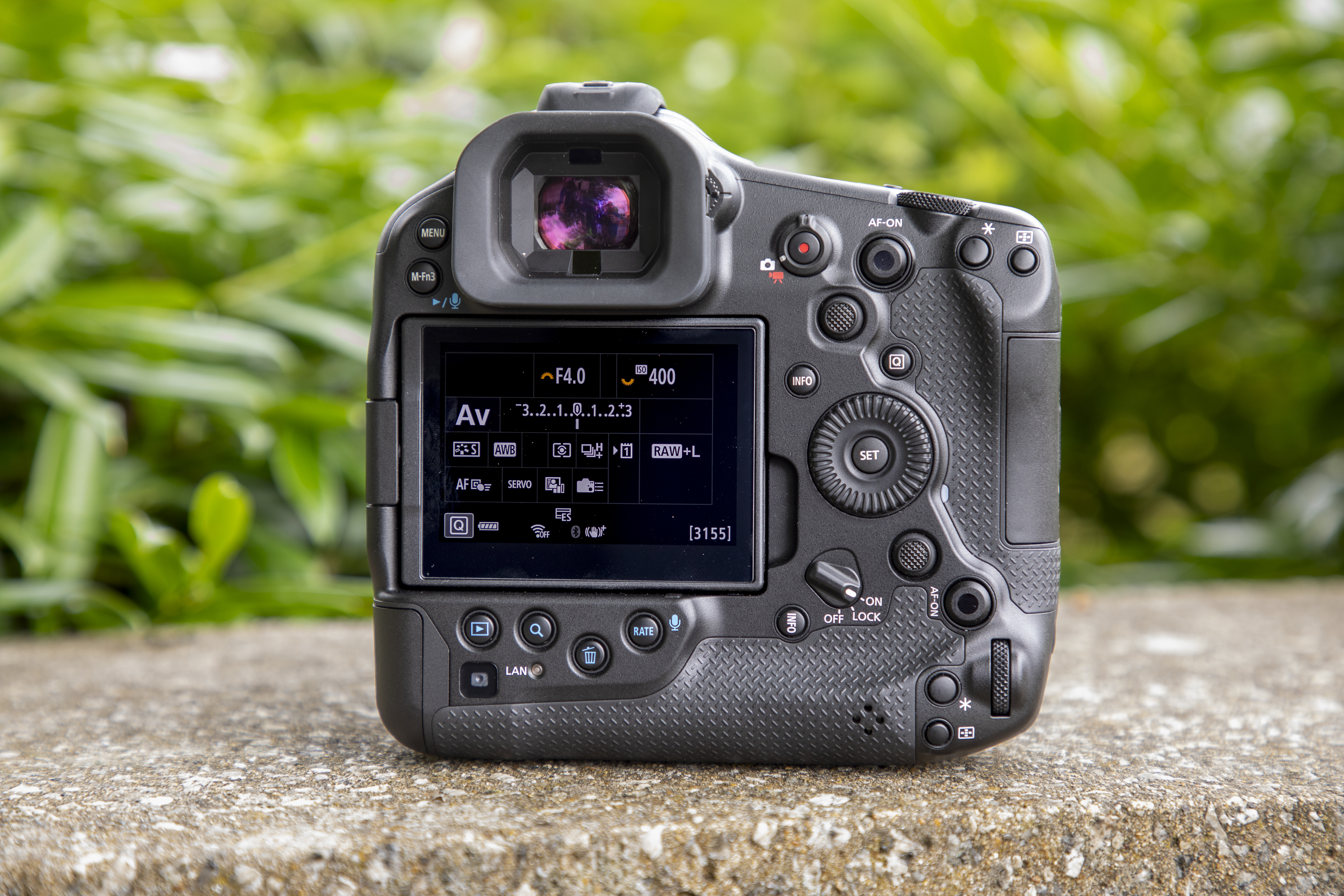
The EOS R1 is equipped with a groundbreaking Cross Type AF system, a first for a full-frame camera, that should excel in challenging conditions – such as when shooting through a tennis net or picking out smaller subjects in the frame, working by locking on to vertical detail in situations where horizontal detail is missing from the subject under the AF area.
It also offers autofocus parity when switching to shoot with the camera in vertical orientation. Canon told me:
“This latest technology is a first for Canon and requires a completely new Dual Pixel CMOS AF sensor arrangement in which individual Gb pupil divisions of pixels are rotated by 90° to offer autofocus tracking sensitivity along the vertical and horizontal axis of the sensor, offering users fast and accurate results and the ability to capture an image that could have previously been missed.”
Its 24.2MP resolution sensor aims to deliver exceptional high-speed performance, providing 6000 x 4000 pixel RAW and Large JPEGs. The native sensitivity range for stills is ISO100-102,400, which can be expanded to Low: 50, High 1: 204,800 and High 2: 409,600.
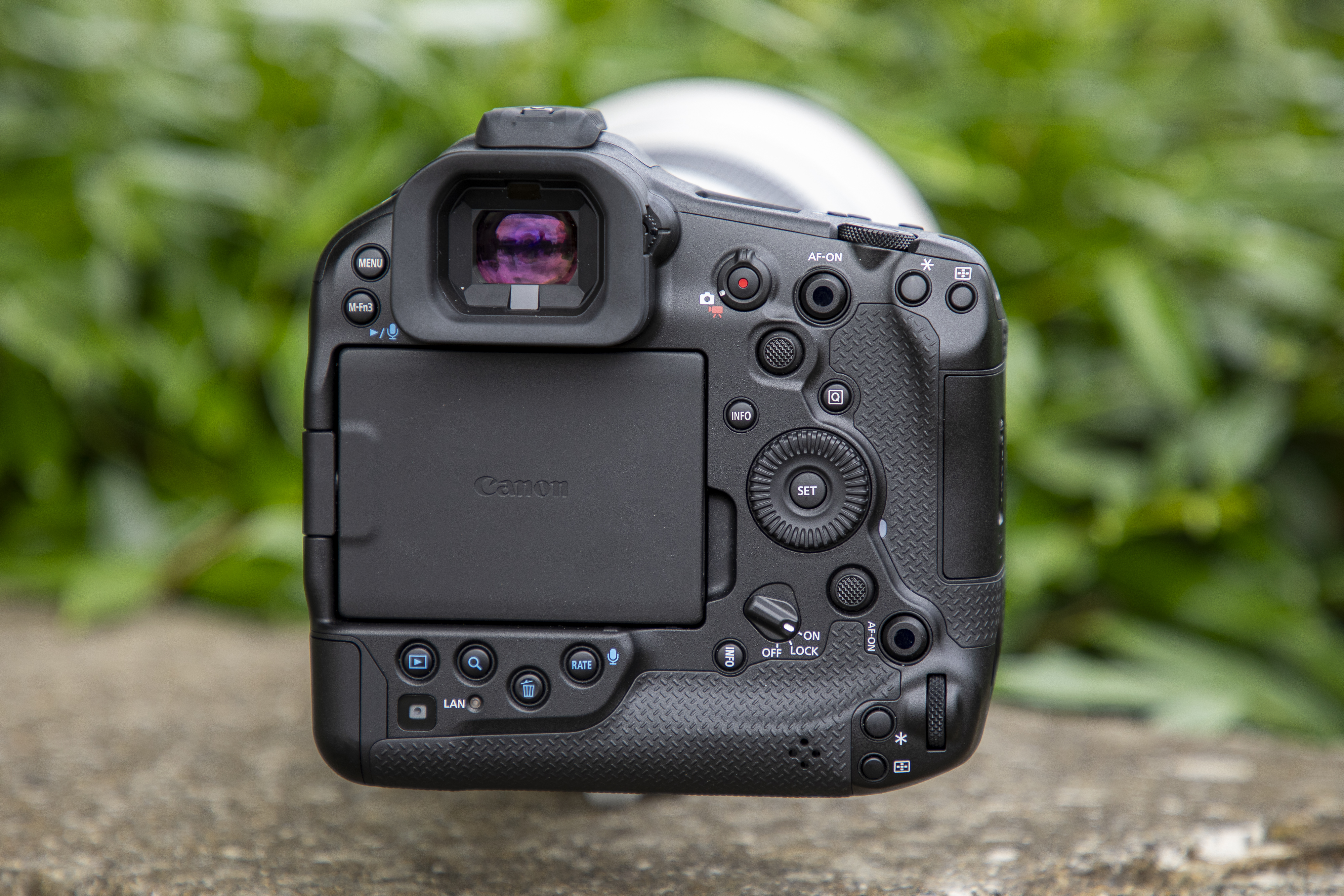
The Canon EOS R1 offers 8.5 stops of in-body image stabilization (IBIS) at the center, with 7.5 stops at the periphery (reflecting CIPA's new IBIS testing) to compensate for camera shake and to deliver more effective shooting in low light or other difficult conditions.
Enhanced metering is dealt with by 6,144 metering zones across the sensor, and these zones are smaller and more accurate compared to the EOS R3’s 384-zone system – which was less accurate when it came to metering faces and subjects, if they appeared small in the larger zones.
Enhanced flash sync speeds of up to 1/400 sec, and improved white balance and image exposure evaluation means more consistency and versatility for a variety of photo and video genres.
Designed to withstand the toughest conditions, the EOS R1 also features a newly designed weather-resistant body with outer texture, and the integrated vertical grip common to Canon’s pro 1-series cameras.
Video and communication
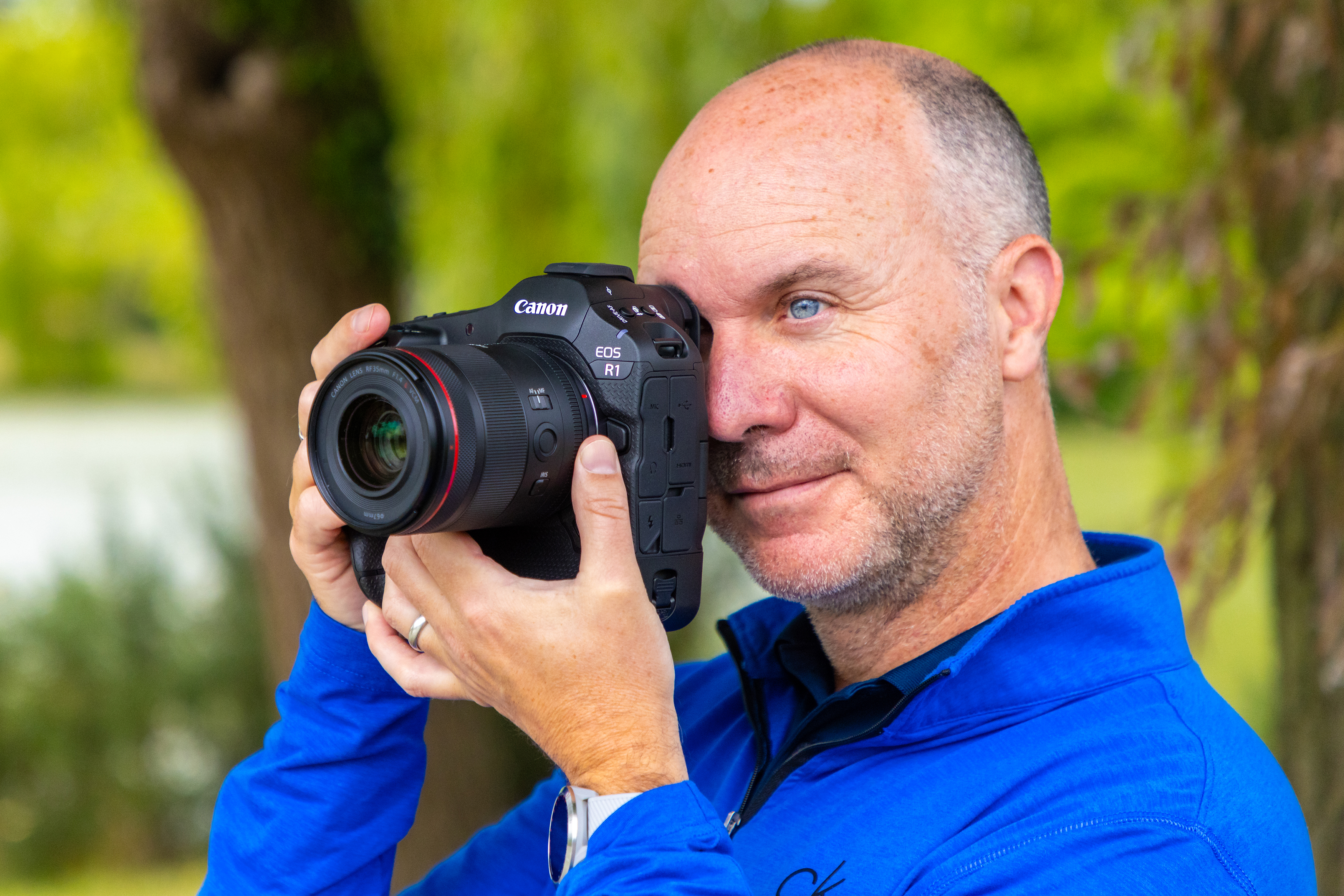
The EOS R1 also champions hybrid multimedia functionality with 6K 60p RAW video or 4K at 120p with audio capture, along with FullHD at 240p. It can capture over 120 mins of 6K 60p or 4K 60p, 15 mins of 4K 120p, 109 mins of oversampled 4K 60p, unlimited 4K 30p and up to 46 mins of FullHD 240p.
“The EOS R1 offers video in 12-bit RAW recording internally to the memory card, as well as using Cinema EOS Movie Recording formats alongside Canon Log 2 and 3 with proxy video recording that is now fully supported between two cards, and four-channel audio,” says Canon.
“This takes professional video production to new heights, delivering outstanding quality and creative flexibility no matter the scenario. The camera is able to record high-resolution stills and FullHD video simultaneously, with the option to record externally via the HDMI type A port.”
To support the workflow of professionals, several features ensure fast and stable connectivity and failsafe options, with multiple routes to image and video destinations for filing news with support for the C2PA content authenticity format or reviewing the first rushes of a film. Industry-standard file naming, separate photo / video folders and advanced tagging in News ML-G2 standard are also supported.
The R1 supports Wi-Fi6E/11ax 6GHz in-body, making it (along with the R5 Mark II) the first EOS series camera to offer new levels of transfer speed, additionally supporting 2.5Gbps Ethernet connectivity and dual-threaded FTP in-body.
The Canon EOS R1 will be priced at $6,299 / £6,999 / AU$10,999, and sadly you’ll need to be patient to get one on pre-order – as availability of bodies won’t be until November (and that’s still to be confirmed, too).
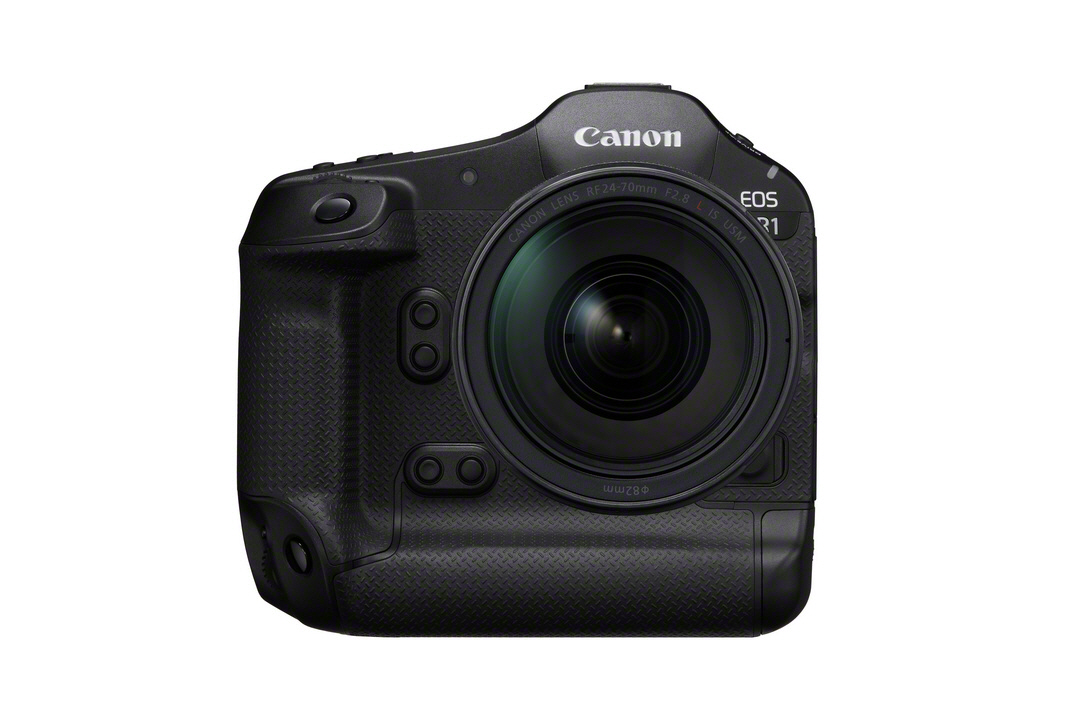
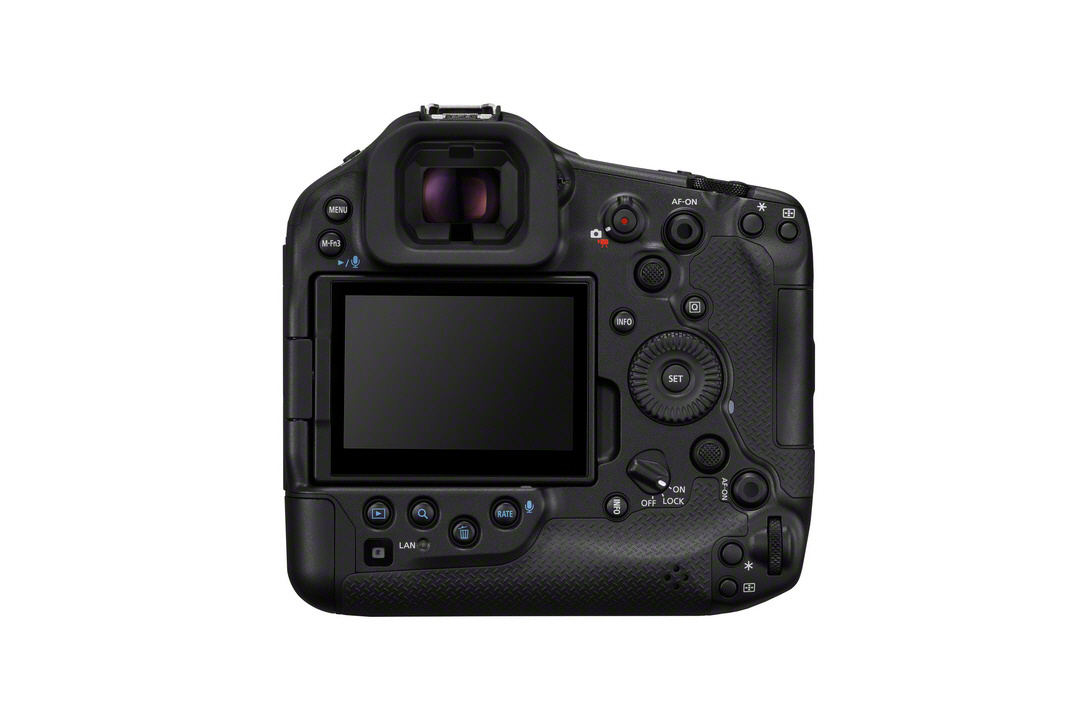
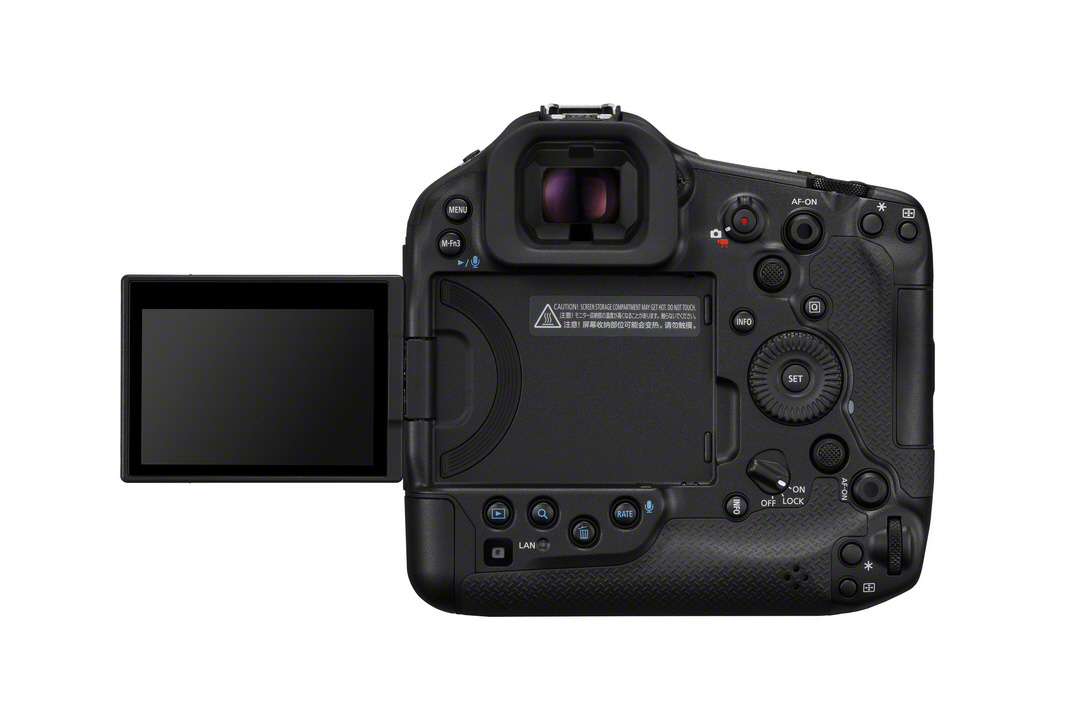
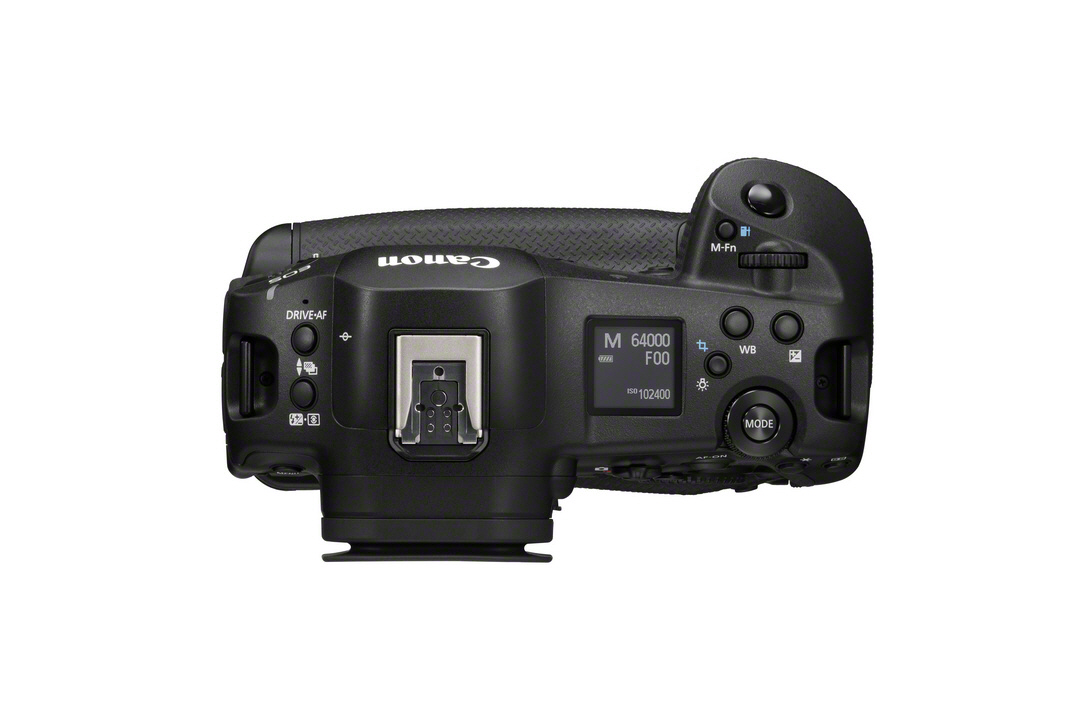
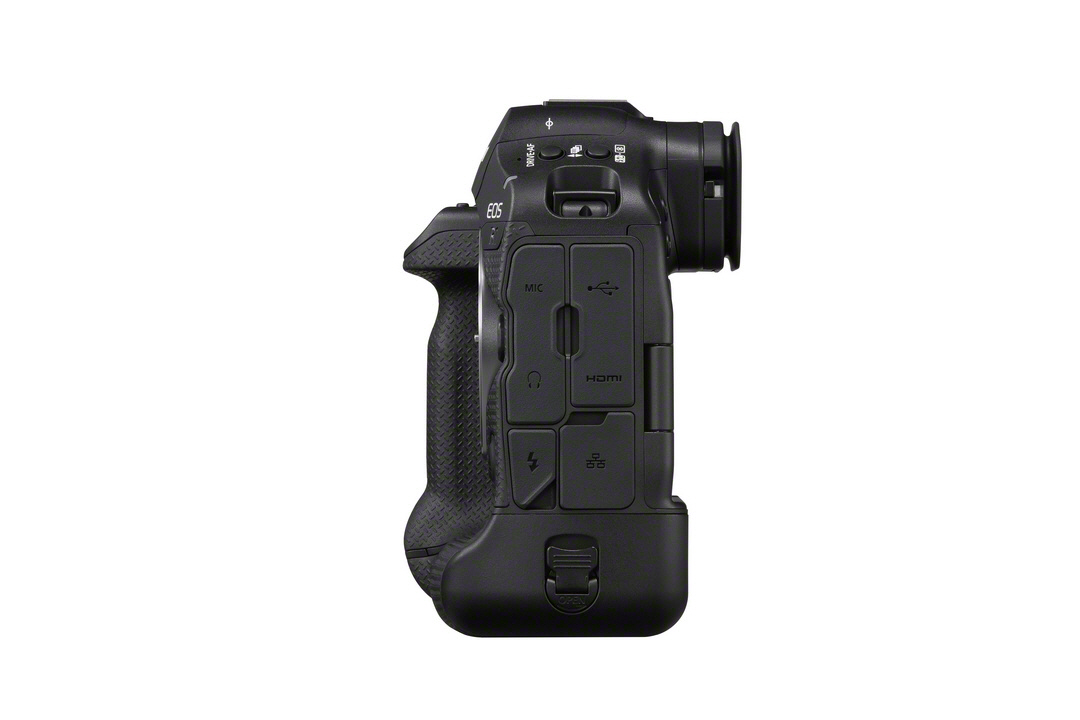
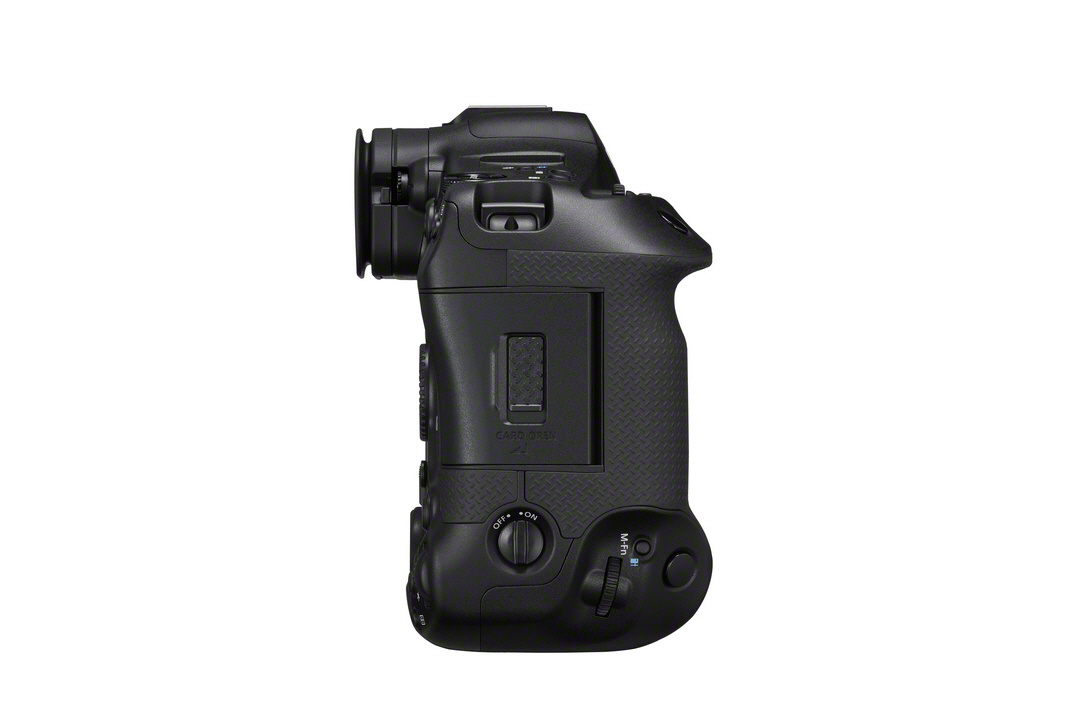
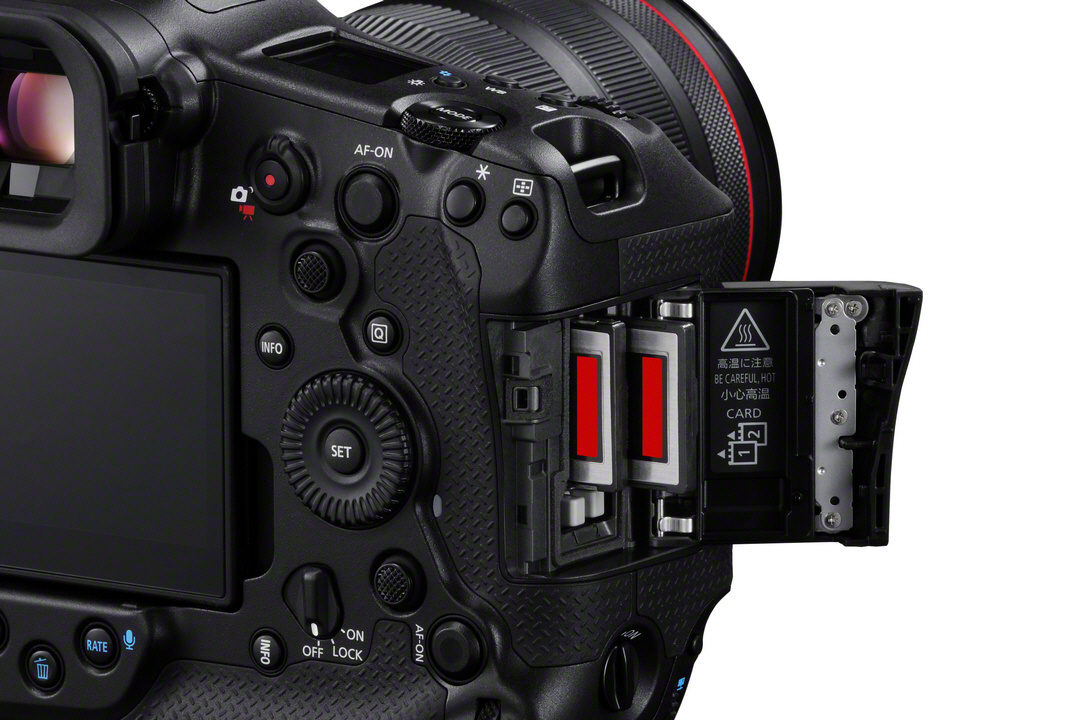
You might be interested in our Canon EOS R1 review and our Canon EOS R5 Mark II review, written by DCW's editor who tested both cameras extensively.







